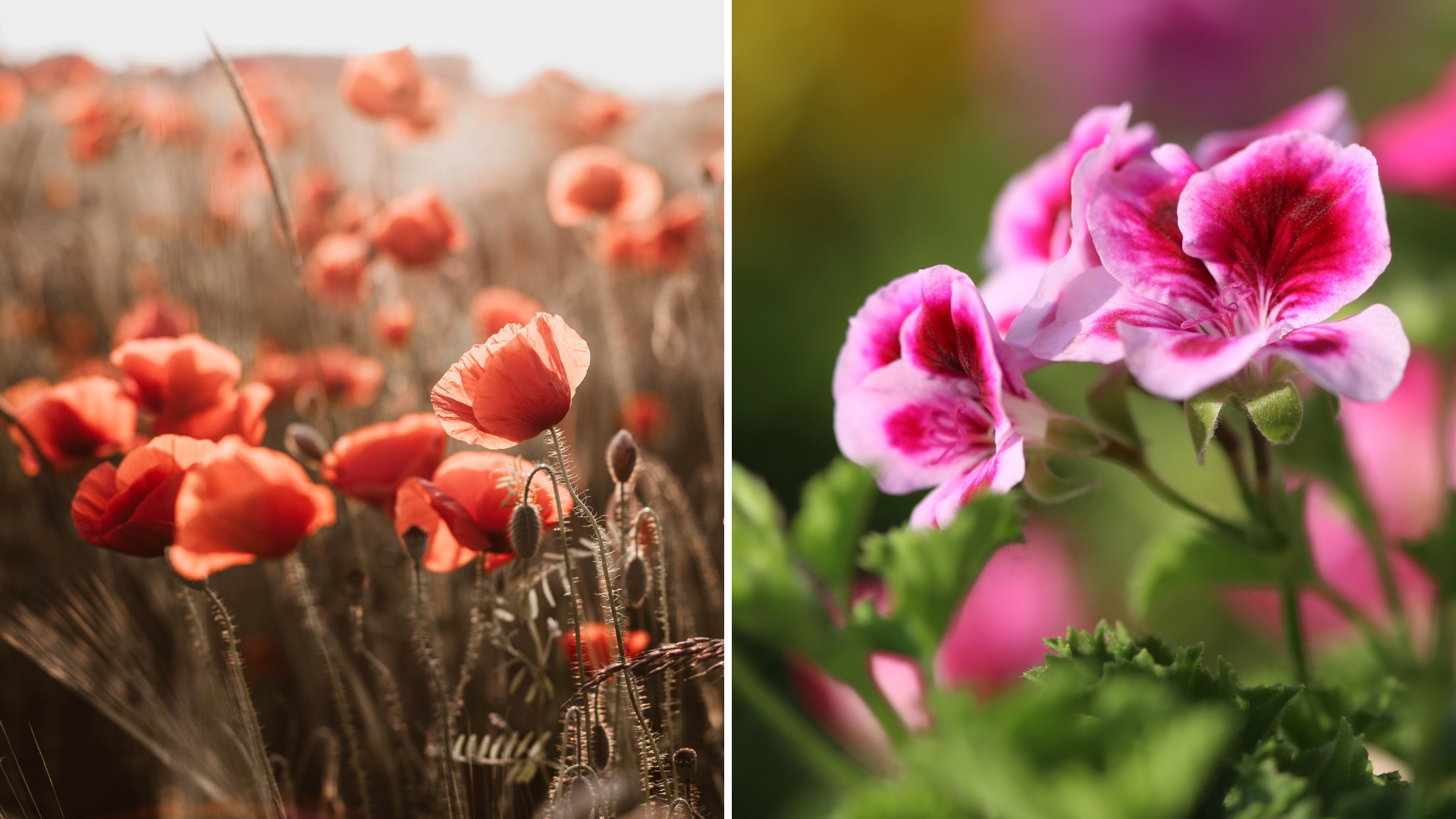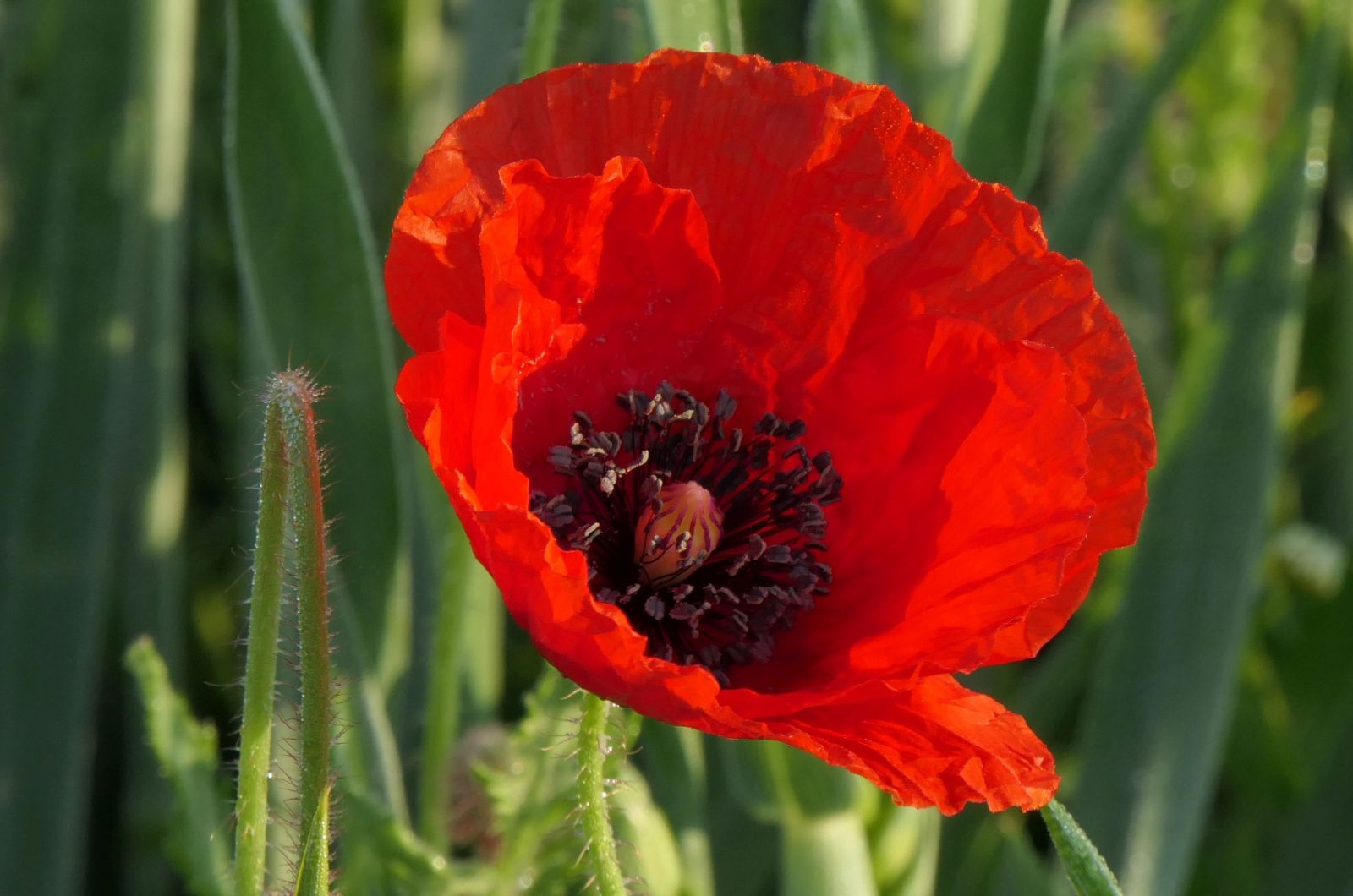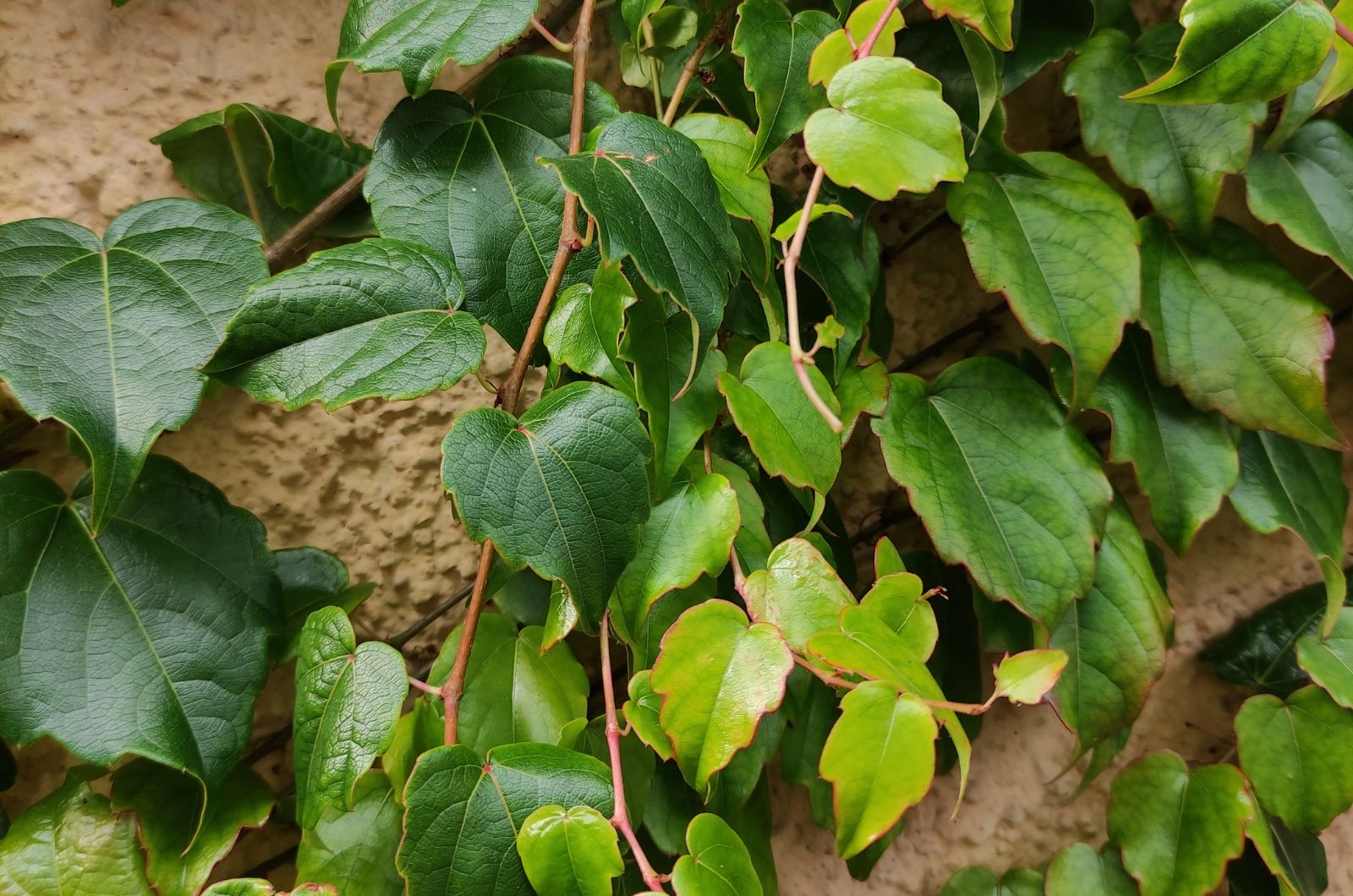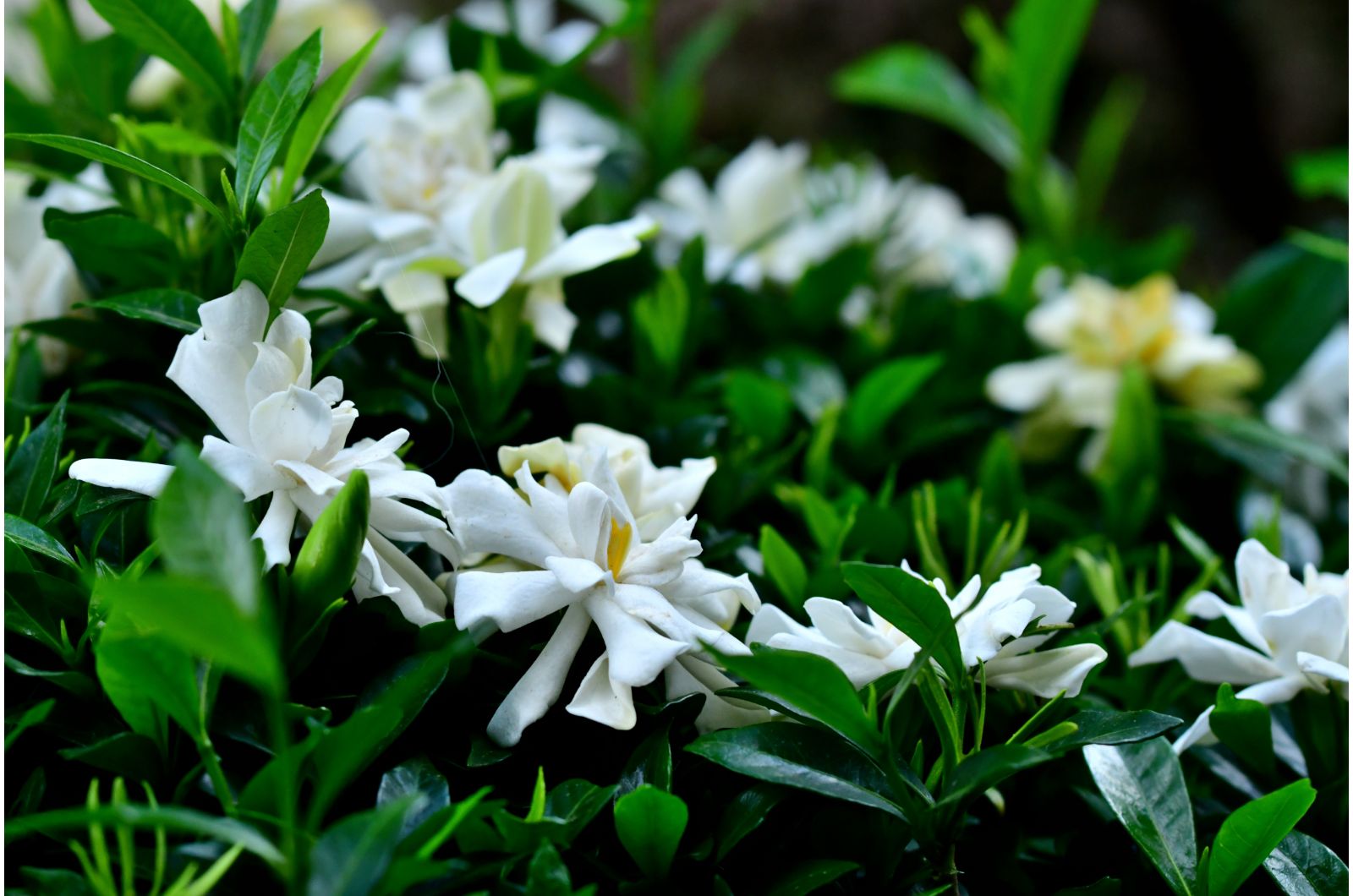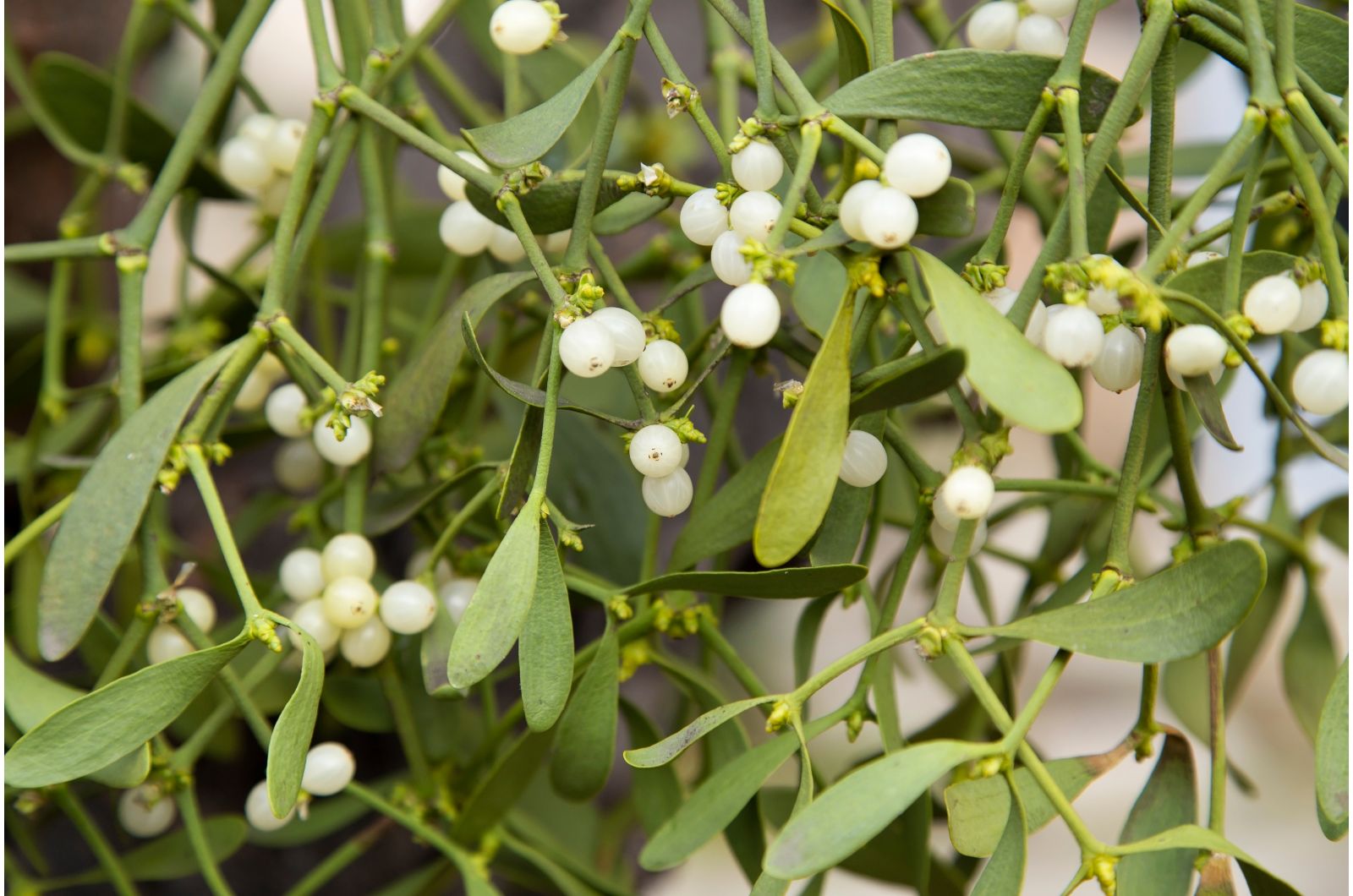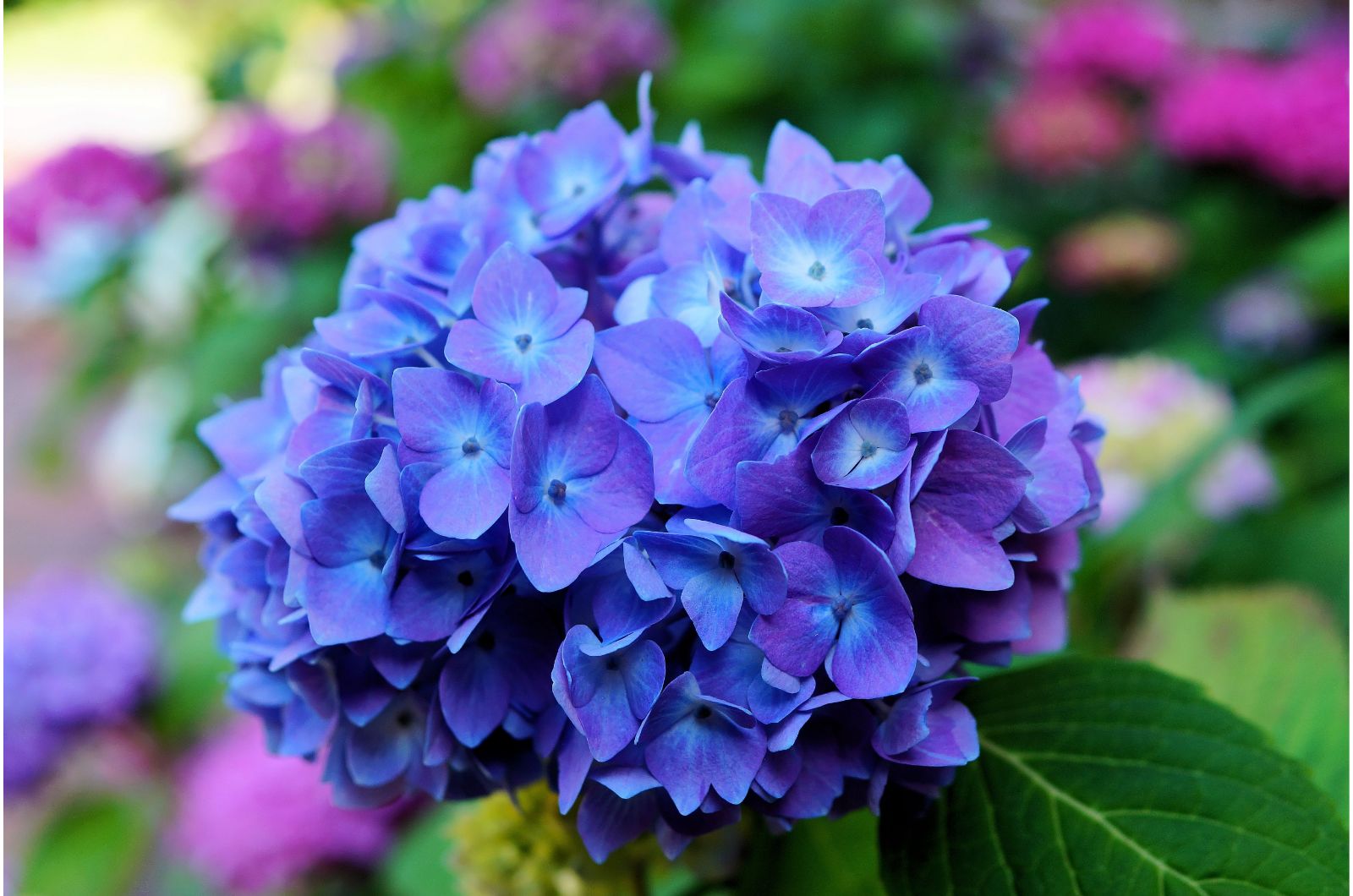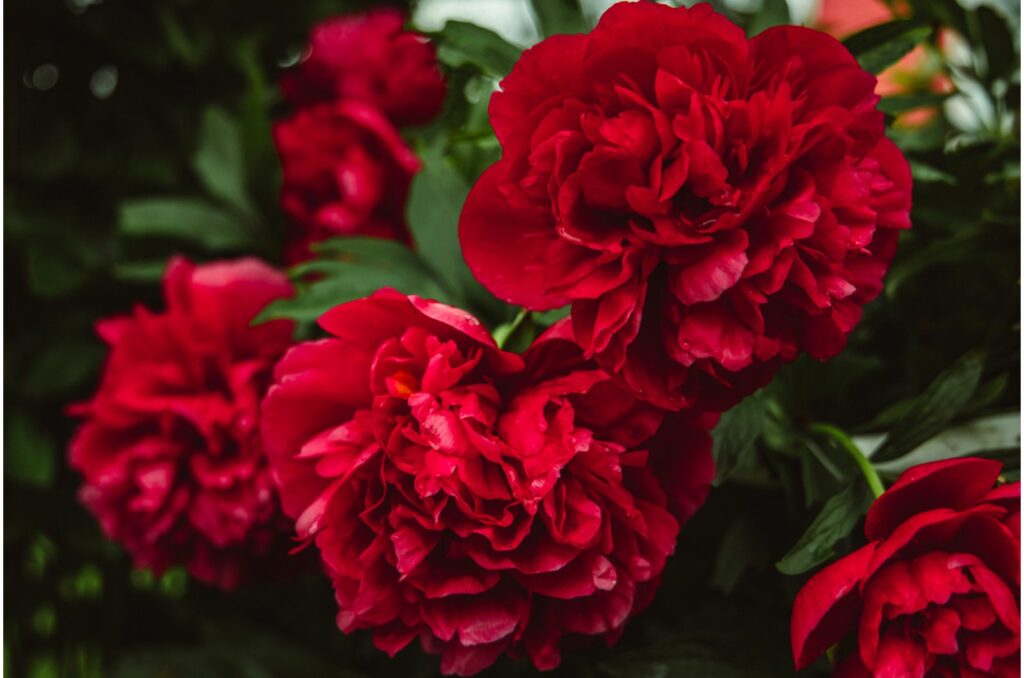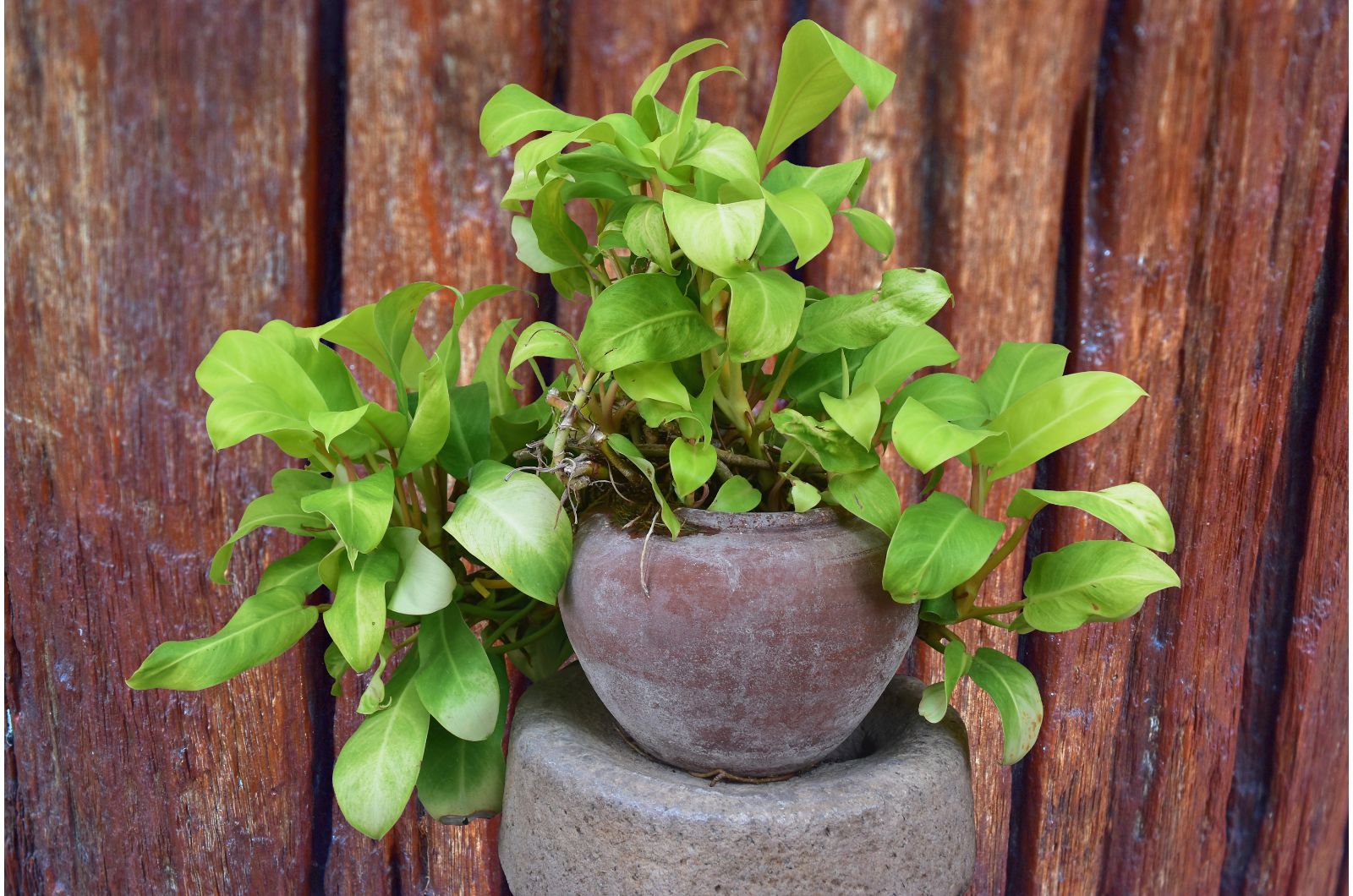Growers recommend plants based on their requirements, appearance, size, and similar factors. But if you’re into Feng Shui, none of these factors matter as much.
While some plants bring good luck and positive emotions to homes, some may have an adverse effect. Feng Shui is also about the location and the way you place your plants.
In this article, I’ll show you some unlucky plants you should avoid bringing indoors and the reasons behind this.
Let’s get started!
1. Poppy
Poppies are adorable and adorn outdoor gardens worldwide. But bringing these flowering plants indoors may not be the best idea.
Poppy blooms wilt pretty quickly which, according to some cultures, brings bad luck.
It’s also a well-known fact that these plants were used as sedatives in the past and there are many records of their misuse.
Because of these reasons, poppies have a pretty bad reputation and many stay away from them.
2. Creepers
Vining plants are pretty common both indoors and outdoors. Well, you might want to keep yours outside of your home if you love Feng Shui!
Since vines cascade downwards, it can be interpreted as the fall of vital energy. To avoid this happening in your house, you can put your vining plants on pergolas or arbors in your outdoor garden.
3. Geraniums
These flowers are believed to absorb negativity, so Feng Shui enthusiasts don’t recommend bringing them indoors.
Gardens and terraces make excellent locations because you can grow geraniums in pots or directly in the ground.
4. Mistletoe
I’m sure you are asking yourself how mistletoe can be unlucky if we keep it indoors every Christmas?
Well, the meaning and symbolism of this flower are way different in some Nordic cultures. Many people associate it with death since it’s frequently seen in funeral ceremonies.
Also, remember that this is a toxic plant and consuming large quantities can have terrible consequences.
5. Hydrangea
You should think twice before you bring a hydrangea plant indoors. Loneliness, isolation, and failure are just some of the bad meanings of hydrangeas in Feng Shui.
If you love hydrangeas but don’t want to attract anything negative, add them to your outdoor garden.
6. Carnation
Here we have another flowering plant that is believed to absorb positive energy and everything it gives in return is negative energy.
Carnations may not be the best choice for our homes but growing them outdoors is the best way to admire their beauty without worrying if anything bad will happen to you.
7. Pothos
Pothos are frequently a part of houseplant collections but some believe these plants absorb energy.
In Feng Shui practice, it’s not recommended to grow more than three of these plants indoors because that creates an imbalance.
A spot near the front door or a window is the best choice for pothos and it will bring strength to your household.
8. Snake Plant
This is definitely one of the most common houseplants and, honestly, it’s not hard to understand why some people think it brings bad luck. The nickname, Mother-in-law’s tongue, doesn’t really make us think about positive things.
There are a lot of meanings of the snake plant and the bad one is related to the pointy leaves, which are linked to bad vibes and rejection.
Keeping it close to windows or front doors is the best way to use its Feng Shui superpowers.
I always say that the value of our green buddies is what we give to them, so remember that negative plant symbolism may be subjective.

